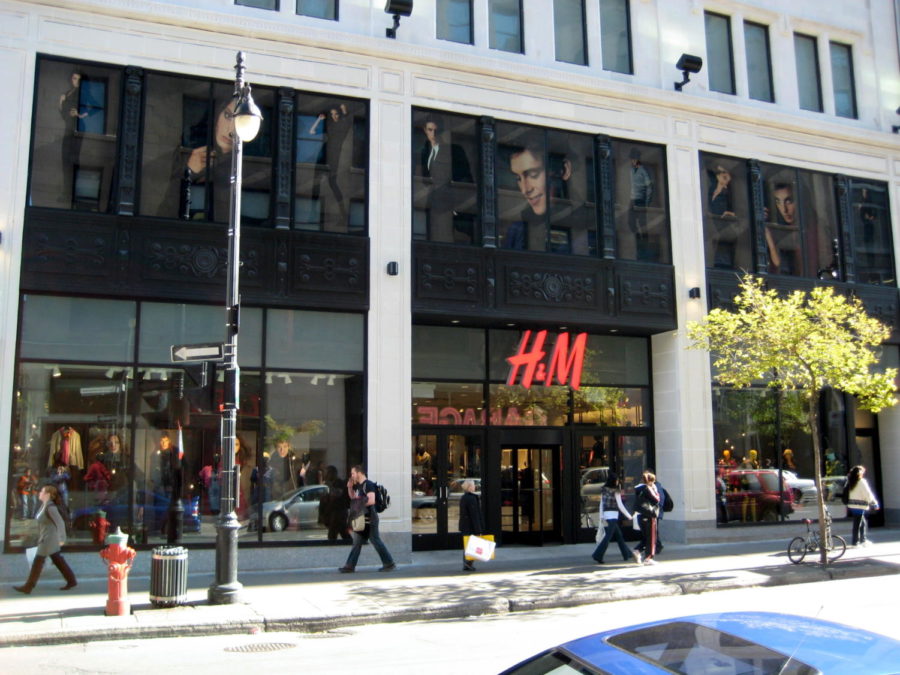The reality of fast fashion
Fast fashion provides cheap, trendy clothes right off the catwalk – but at what cost?
December 6, 2018
Fast fashion provides cheap, trendy clothes right off the catwalk – but at what cost?
Forever 21, H&M and other similar ‘fast fashion’ brands*, which quickly produce (usually) cheap clothing for the masses, have boomed in recent years, popular for their trendy nature and low prices. Fast fashion is defined most prominently by designers’ desire to capture designs in a fast manner as they move from the catwalk to mannequins, popularized worldwide in the late 1900s with the rise of stores like Zara, H&M, Topshop and Primark. From a glance, fast fashion seems like a cheap alternative to more expensive brands, but the reality of fast fashion is a lot more dangerous.
The reality? The cheap prices and fast output of trends often associated with fast fashion are only achievable due to unethical fashion practices. For one, the fast fashion industry uses the cheapest labor they can find: labor sourced from sweatshops, where workers work long hours in poor conditions and earn little money in return. Often housed in developing countries, these sweatshop workers are paid an average of $7 an hour, well below minimum wage for the U.S. and are forced to work for 14 to 16 hours a day while being exposed to hazardous chemicals. These mostly female workers (although there is also child and slave labor) often also have to deal with the added stress of sexual harassment in the workplace.
Additionally, the fashion industry is one of the main contributors to pollution and greenhouse gas emissions. The fashion industry is designed to drive up consumer demand with clothing that falls apart quickly, meaning that old clothing will be tossed out and left in landfills, which adds up to 13 trillion tons, according to Forbes.To make matters worse, fast fashion is often made with toxic chemicals and dyes, which can contaminate the environment when clothes are left in landfills or when the chemicals are dumped into water sources as a method of disposal.
Fast fashion is absolutely detrimental to both the environment and to the industry’s employees. Supporting these companies comes at a higher cost than the price tag on any of their clothes, but staying away from fast fashion is not an easy task. Brands like Reformation seek to produce sustainable and ethically sourced clothing, but because they do not use the cheap labor and materials that fast fashion brands do, their clothes are sold at a much higher price than, say, Forever 21. Of course, there are a few cheaper sustainable clothing brands, as well as an added option of thrift shopping, which helps get as much use out of clothing as possible.
That being said, fast fashion is incredibly difficult to quit cold turkey, and continuing to purchase it because it is affordable does not make anyone an awful person. However, it is worth it to keep in mind the human and environmental cost at which fast fashion comes when shopping. Try to buy clothes, not because they are trendy, but because they genuinely will be worn to shreds.
*The most prominent fast fashion brands under fire are cheap, but fast fashion is mostly characterized by its output speed and use of unethical labor/supply methods, meaning that higher end, more expensive brands may also be considered fast fashion.









